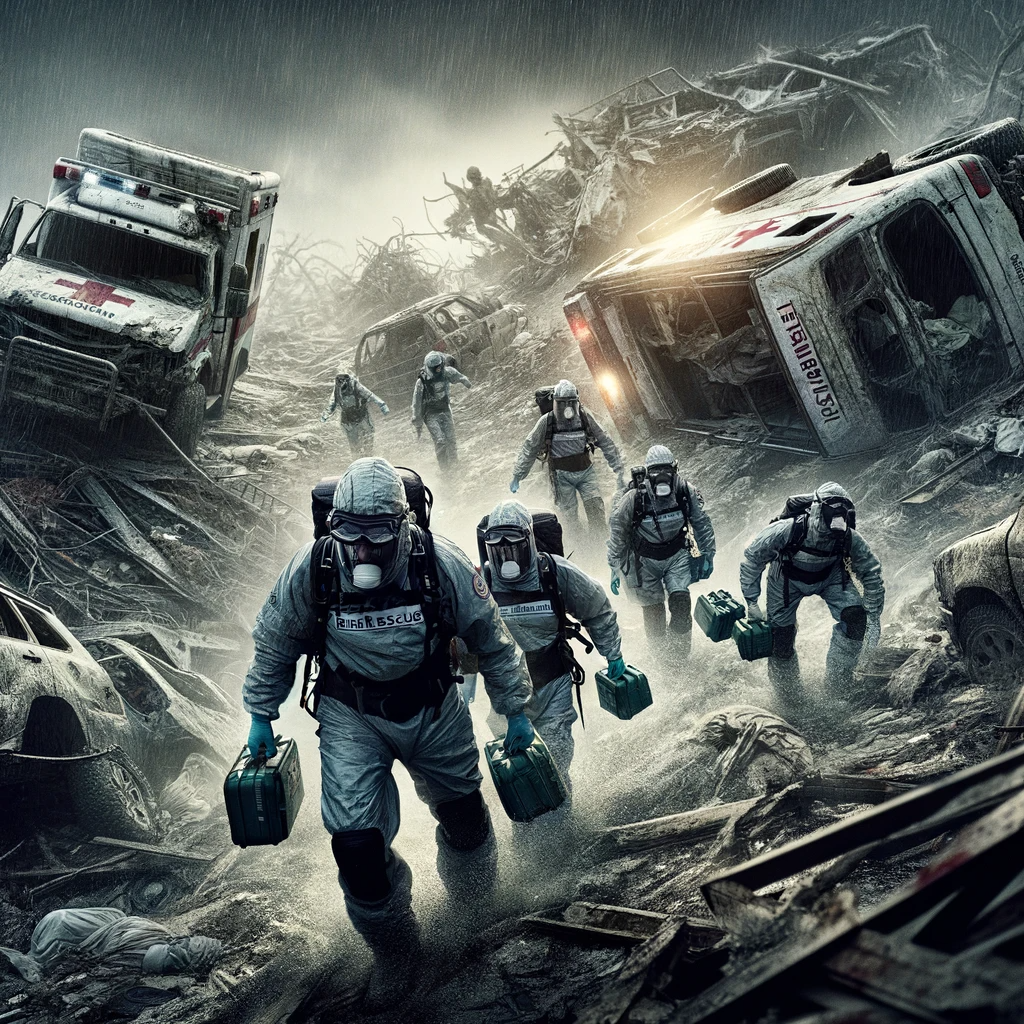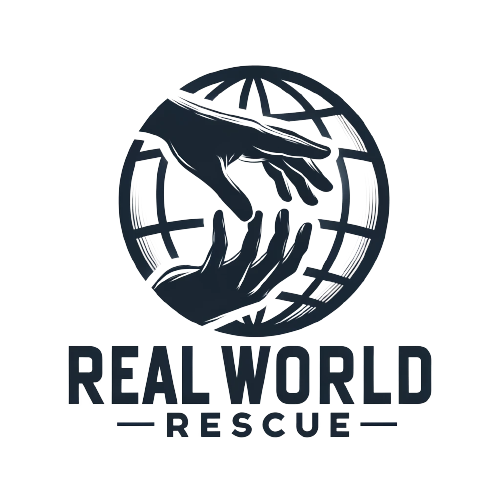In the heart of disaster-stricken areas, where hope seems but a flicker, ‘World Rescue’ medical relief teams stand as pillars of resilience and compassion. These teams navigate a maze of challenges to provide critical care under conditions most can scarcely imagine. This article explores the myriad obstacles these brave volunteers face, shedding light on their unwavering commitment to saving lives against all odds.

Logistical Nightmares
One of the primary hurdles for ‘World Rescue’ teams is the logistical complexity of deploying aid to disaster zones. The very nature of these areas—often remote, inaccessible, and ravaged by calamity—complicates every step, from transporting personnel and medical supplies to setting up field hospitals. Teams must often work with damaged infrastructure, unreliable power sources, and limited access to clean water, all while racing against time to reach those in need.
Resource Scarcity
In the immediate aftermath of a disaster, the demand for medical supplies skyrockets, leading to acute shortages. ‘World Rescue’ teams frequently grapple with the scarcity of essential drugs, medical equipment, and even basic sanitary supplies. This scarcity not only hampers their ability to provide comprehensive care but also forces medical personnel to make difficult decisions about resource allocation, often under immense pressure.
Health Risks and Safety Concerns
Medical relief volunteers put their lives on the line, facing significant health and safety risks. They work in environments where the threat of infectious diseases is high, and the risk of injury from aftershocks, secondary disasters, or even conflict situations is ever-present. Despite precautions, the physical and psychological toll on these individuals is substantial, highlighting their sacrifice and dedication.
Cultural and Language Barriers
Effective medical relief is not just about providing healthcare; it’s also about ensuring that aid is culturally sensitive and appropriate. ‘World Rescue’ teams often operate in diverse cultural landscapes, where language barriers and differing medical practices can pose significant challenges. Building trust and understanding with the local community is essential for effective intervention, requiring team members to be not only medical professionals but also skilled communicators and cultural liaisons.
Emotional and Psychological Strain
The emotional toll on medical relief workers is profound. They are on the front lines of human suffering, witnessing the direct impact of disasters on individuals and communities. The weight of making life-and-death decisions, the exposure to trauma and loss, and the relentless pace of emergency response can lead to burnout, secondary traumatic stress, and other mental health issues. Supporting the psychological well-being of these volunteers is as crucial as the physical care they provide.
Navigating Bureaucracy and Coordination Challenges
Efficient coordination among various stakeholders—governments, NGOs, local communities, and international aid organizations—is critical for the success of ‘World Rescue’ missions. However, bureaucratic red tape and coordination challenges often slow down response times and complicate relief efforts. Ensuring smooth collaboration and communication among all parties involved is a persistent challenge that can impact the effectiveness of relief operations.
Conclusion
The challenges faced by ‘World Rescue’ medical relief teams are as diverse as they are daunting. Yet, despite these obstacles, their commitment to providing care and support in the most dire circumstances remains unwavering. Their work is a testament to the strength of the human spirit and the power of collective action in the face of adversity.
